Elimination of Tall Fescue Grass
John1916
9 years ago
Related Stories
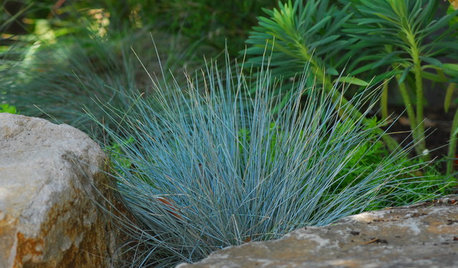
LANDSCAPE DESIGNGreat Design Plant: Blue Fescue
Is there anywhere this grass doesn't look great? Bonus: It outlasts other grasses in color and doesn't hog water
Full Story
GARDENING GUIDES5 Great Grasses for a New Lawn
Learn about maintenance, wear tolerance, ideal climate and more for these top turf choices to pick the right one for you
Full Story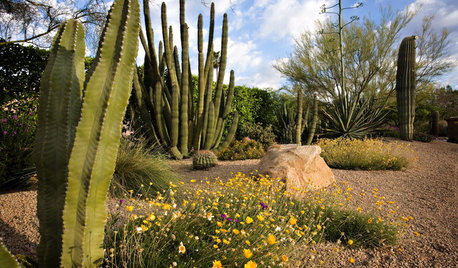
SOUTHWEST GARDENINGTall Cactuses Bring Drama to Southwestern Gardens
See how 5 columnar cactuses add a striking design element to warm-weather gardens, courtyards and entries
Full Story
GRASSES10 Ways to Use Ornamental Grasses in the Landscape
These low-maintenance plants can add beauty, texture and privacy to any size garden
Full Story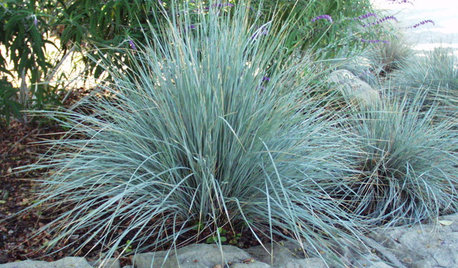
BLUE AND GRAY FOLIAGEGreat Design Plant: Blue Oat Grass
For soothing coolness in a garden or container, this evergreen grass is the low-maintenance and hardy choice to know
Full Story
GARDENING GUIDES8 Spectacular Grasses to Energize a Fall Garden
Dancing in the autumn wind or flowing along a flower bed, these ornamental grasses bring wonderful movement and color to the landscape
Full Story
CENTRAL PLAINS NATIVE PLANTS10 Top Grasses for the Central Plains
Low-maintenance grasses provide seasonal interest and wildlife habitat, and aid good design
Full Story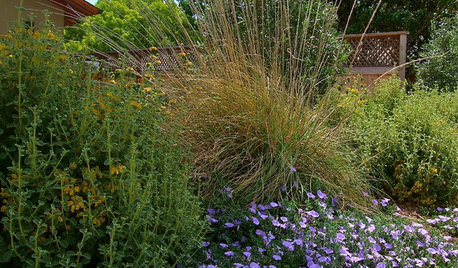
GRASSESGreat Design Plant: Deer Grass
Give wildlife a snack and give yourself a break — this food-source grass is easygoing in many climates and conditions
Full Story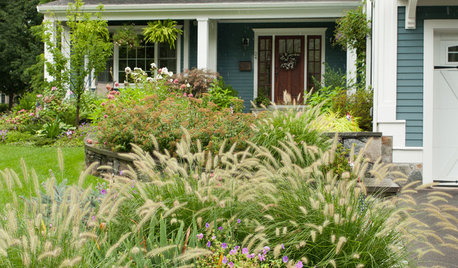
LANDSCAPE DESIGNGreat Design Plant: Lively Fountain Grass Thrives Just About Anywhere
Enjoy fountain grass for its exuberant form, long-lasting color and texture for borders and more
Full Story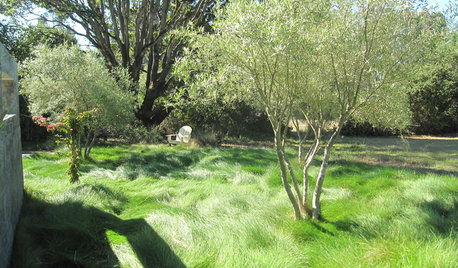
GARDENING AND LANDSCAPING7 Ornamental Grasses for Coastal Gardens
These hardy seashore plants evoke the ocean, sway in the breeze and help prevent sand erosion in the landscape
Full StoryMore Discussions








yardtractor1
dchall_san_antonio
Related Professionals
Cary Landscape Architects & Landscape Designers · Blue Springs Landscape Contractors · Deerfield Beach Landscape Contractors · Kaneohe Landscape Contractors · Lemay Landscape Contractors · Mashpee Landscape Contractors · Midland Landscape Contractors · Stony Brook Landscape Contractors · Teaneck Landscape Contractors · Tigard Landscape Contractors · Twin Falls Landscape Contractors · Wilton Landscape Contractors · Ansonia Landscape Contractors · Englewood Swimming Pool Builders · South Miami Heights Swimming Pool Buildersyardtractor1
dchall_san_antonio
yardtractor1
morpheuspa (6B/7A, E. PA)
dchall_san_antonio
yardtractor1
aegis1000
lawnman77